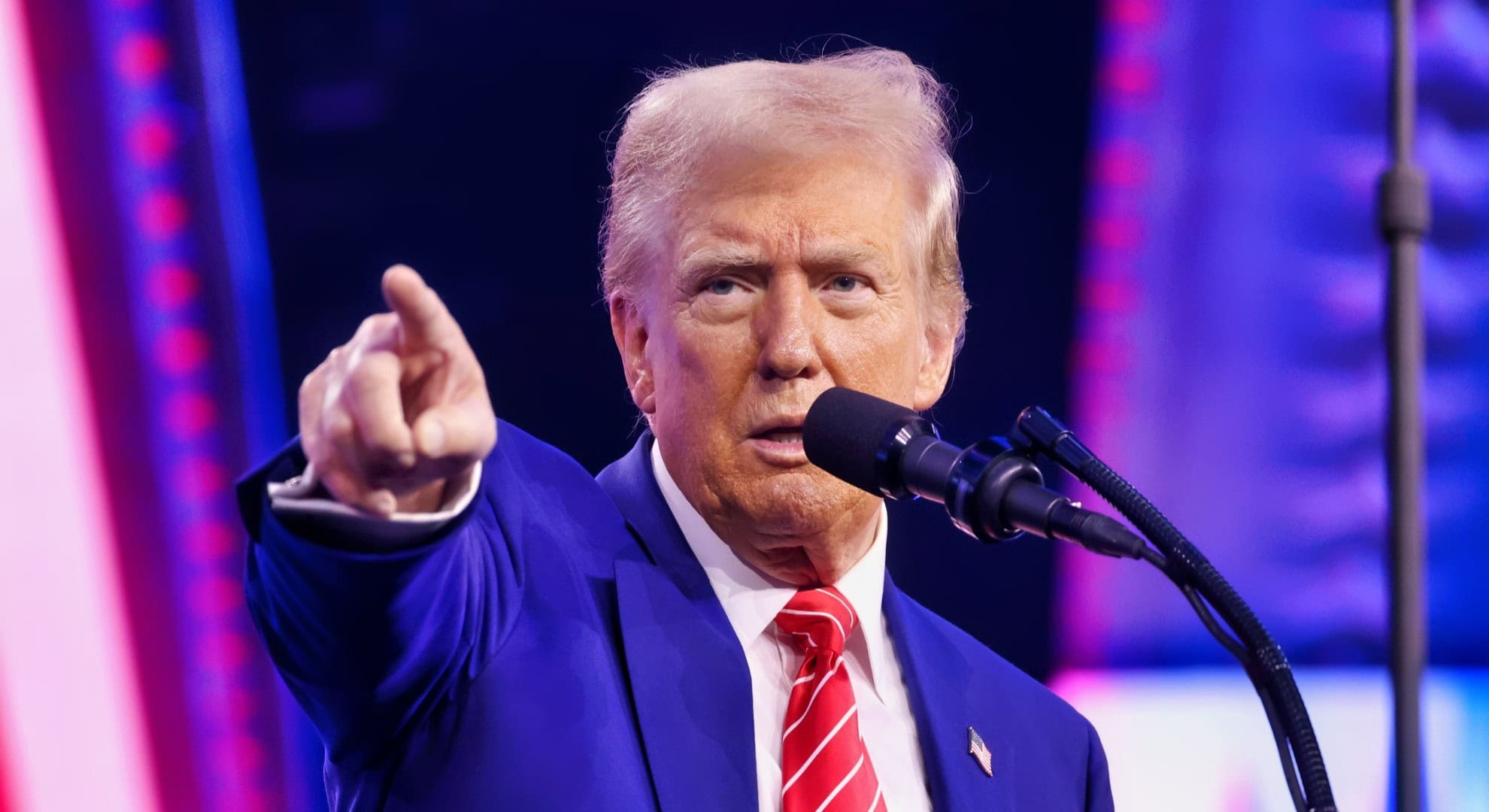Summary and Key Points: President Donald Trump has set April 2 as “Liberation Day,” planning to impose significant new tariffs on most U.S. trading partners, especially Canada and Mexico, once their temporary exemptions expire.
-Calling this “The Big One,” Trump intends to dramatically escalate tariffs into the trillions of dollars to rebalance U.S. trade, despite uncertainty and stock market volatility. The exact details remain fluid, with Trump hinting at “flexibility” and possible negotiation.
-Treasury Secretary Scott Bessent and Commerce Secretary Howard Lutnick continue discussions. The Federal Reserve, noting increased economic uncertainty, paused interest rate hikes, with Chairman Jerome Powell describing potential tariff-related inflation as “transitory.”
Trump’s ‘Liberation Day’: Massive Tariffs Could Shake U.S. Economy
Donald Trump, since returning to the White House, has been threatening tariffs but sometimes delaying them in such a way that it’s led to massive uncertainty, which seems to have led to stock market volatility and even fears of a recession.
The president, in recent days, has been targeting April 2 as the day the tariffs will go into effect- and is making so much of a big deal about it that it would appear he couldn’t possibly back down.
That is the day the 30-day extension on the previously announced tariffs on Canada and Mexico is set to expire, although Trump has indicated that even more is planned, on the tariff front, that day.
Donald Trump and “The Big One”
Trump, in both Truth Social posts and interviews members of his administration have given in the press, is calling April 2 “Liberation Day,” as well as “The Big One.” Axios reported that he chose April 2 to avoid launching the effort on April Fools Day.
“Now it is finally time for the Good Ol’ USA to get some of that MONEY, and RESPECT, BACK,” Trump said in a Truth Social post on Friday morning.
Even after the Secretary of the Treasury, Scott Bessent, said this week that countries could negotiate their way out of the levies, one official told Reuters the plan is still to go forward with the “big” tariffs on the 2nd.
“Unless the tariff and non-tariff barriers are equalized, or the U.S. has higher tariffs, the tariffs will go into effect,” one administration official told Reuters.
What Exactly Will Happen?
According to the Washington Post, the Trump Administration plans to “impose new tariffs on most imports” and “impose new duties on goods from most countries that trade with the United States” on the 2nd.
So far, the Trump Administration has levied tariffs on about $800 billion worth of goods, but the April 2 tariffs are expected to bring that number well into the trillions.
The Post added that the “precise nature” of the duties is still being hashed out among Trump, Vice President J.D. Vance, Bessent, Commerce Secretary Howard Lutnick, and White House aide and trade hawk Peter Navarro.
While some have argued that Trump’s tariff threats, in both his first and second terms, have been mostly about using the threat of tariffs to extract concessions before the tariffs go into place, it would appear the plan at this point is to let the tariffs go into effect.
The Post also confirmed a previous Wall Street Journal report that the Administration considered splitting all trade partners into three “buckets,” for high, medium or low, but ultimately rejected that approach in favor of “calibrating a new tariff rate for each trading partner.”
“Flexibility”?
Adding further to the uncertainty, Trump did say Friday that there could be “flexibility” when it comes to the reciprocal tariffs. But the wording left the meaning open to more than a little interpretation.
“I don’t change. But the word flexibility is an important word,” Trump said to reporters in the Oval Office. “Sometimes it’s flexibility. So there’ll be flexibility, but basically it’s reciprocal.”
He added that he plans to speak to Chinese President Xi Jinping about the trade issue.
The View From the Fed
Meanwhile, Federal Reserve Chairman Jerome Powell used a word that he’s used often in other contexts, “transitory,” when it came to discussing the pain that could result from tariffs.
According to Fortune, Chairman Powell used that word, which he did concerning inflation in the early part of the Biden presidency, about the inflation-related pain that might follow the implementation of tariffs.
The comments came in Powell’s press conference following the Fed’s decision to leave interest rates unchanged, which was attributed to uncertainty over the tariffs. After the decision, the Federal Open Markets Committee issued a statement that “uncertainty around the economic outlook has increased.”
About the Author: Stephen Silver
Stephen Silver is an award-winning journalist, essayist and film critic, and contributor to the Philadelphia Inquirer, the Jewish Telegraphic Agency, Broad Street Review and Splice Today. The co-founder of the Philadelphia Film Critics Circle, Stephen lives in suburban Philadelphia with his wife and two sons. For over a decade, Stephen has authored thousands of articles that focus on politics, technology, and the economy. Follow him on X (formerly Twitter) at @StephenSilver, and subscribe to his Substack newsletter.

